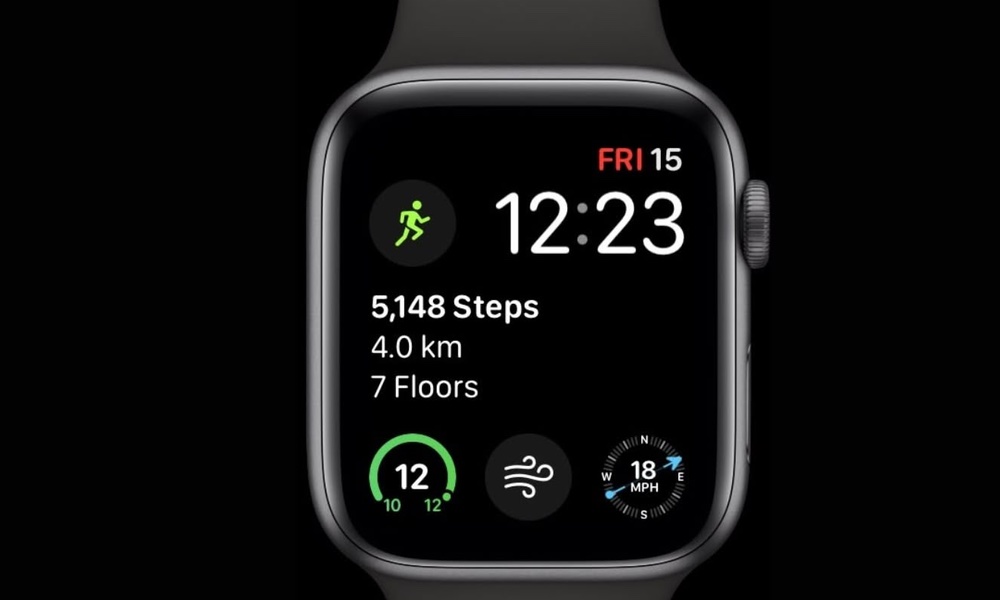A new research report finds that, globally, one-fifth of all people under the age of 50, which translates to 846 million people, are living with genital herpes virus.
Herpes Simplex Virus or HSV comes in two types — HSV-1 and HSV-2. Both are highly contagious. HSV-1 is typically more associated with cold sores, mostly around the mouth. It is transmitted primarily by mouth-to-mouth contact, such as kissing. HSV-2 generally affects the genital area. It is transmitted through sexual contact.
Both HSV-1 and HSV-2 can be passed onto newborns. Although rare, this can prove fatal.
Once someone is infected with herpes simplex, the virus stays in their body for the rest of their lives, re-emerging at any time to cause an outbreak. Anyone who has ever had a cold sore pop up, often re-appearing during a period of stress, knows this first-hand. Tingling or burning in the area can signal that an outbreak is looming.People with genital herpes may not realize they are infected with HSV-2. Once they have an outbreak that may include painful blistering, they will know and need to visit their doctor for guidance about the disease.
Though cold stores eventually dry up and resolve without complications, HSV-1 can infect eyes, nerves, skin and other mucous membranes, causing serious medical conditions.
Examining data from several recent research efforts, researchers from Weill Cornell Medicine in Qatar, the World Health Organization and Bristol Medical School, University of Bristol, in the United Kingdom, estimate that globally, 26 million 15 to 49-year-olds were newly infected with HSV-2 infection, and an estimated 520 million had existing infection — about 13 percent of this age group — as of 2020.
What these figures tell us is that there's an urgent need for a vaccine and new treatments to stop the spread of herpes simplex virus, as well as to treat all the people who have active infection.
“HSV infections are widely prevalent in all global regions, leading to a significant burden of [genital ulcer disease] with repercussions on psychosocial, sexual, and reproductive health, neonatal transmission, and HIV transmission,” the authors of this study said in a press release. “However, hardly any specific programmes for HSV prevention and control exist, even in resource-rich countries.”
Recent research has shown that sexual contact among older individuals is helping to spread HSV. HSV-2 is almost exclusively transmitted via skin-to-skin sexual contact with an infected partner, though a person infected with HSV-1 can spread the virus from the mouth to the genitals of a partner through oral sex.HSV-1 is typically more associated with cold sores, mostly around the mouth. It is transmitted primarily by mouth-to-mouth contact, such as kissing. HSV-2 generally affects the genital area.
People with genital herpes may not realize they are infected with HSV-2. Once they have an outbreak that may include painful blistering and and possibly other side effects, they will know and need to visit their doctor for guidance about the disease.
An active sexual person who has HSV-2 should disclose this information to any intimate sexual partner and not have sexual relations with another person of any kind (oral, vaginal, anal) during an outbreak. They should also take daily anti-viral medicine to prevent outbreaks.
The researchers acknowledge there are various limitations to their findings, including the fact that they are based on projections and there were scarce data for people at either end of the age range.
The study is published online in the journal Sexually Transmitted Infections.





